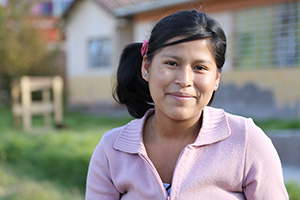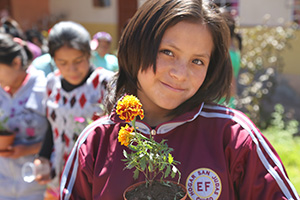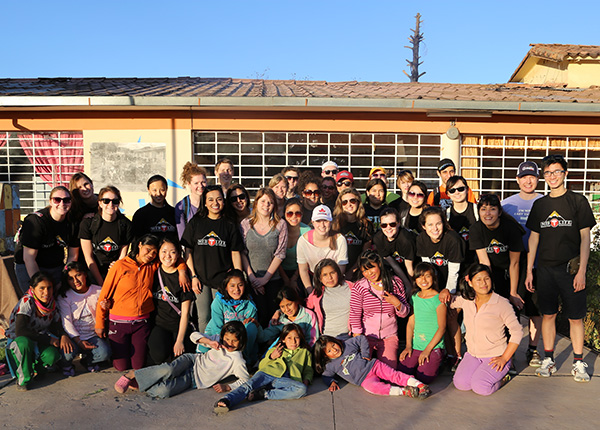Written by Rosali Vela and translated by Rachel Goldberg
This week, MEDLIFE student volunteers are helping out with the construction of an auditorium at an orphanage in Cusco, Peru. Learn more about the girls benefiting from this project in the blog post below, written by Rosali Vela and translated by Rachel Goldberg.
Jessica has a shy smile, but when she starts talking no one can stop her. Living in the San Judas girls’ home wasn’t easy at first, especially when her mother left her there at the age of 9 in the care of the nuns that governed the institution at the time. It was hard to find a moment alone there, even in the bathroom, which is shared with more than 20 other girls. But in spite of it all, she says now she’s never been happier.

When I asked her what the girls needed protection from, she looked at me like the answer was obvious. “To protect us from people who want to hurt us,” she says.
At 15 years old, Jessica is one of the oldest girls in the home. Her dream is to finish high school. Now she studies cosmetology in a government-subsidized institute and takes high school classes at night. “I want to be a lawyer,” she tells me when I ask about her plans, and then she seems lost in thought for a moment, as if reflecting on what she wants to tell me. Finally, she adds, “I have two younger sisters who live with my mom and with him.” She doesn’t need to say more.
Like Jessica, almost all of the girls in the home were rescued from violent homes, where relatives abused them or abandoned them to seek a better future elsewhere. But not all of the cases are the same.

The orphanage is currently administered by the government of Cusco, with Señora Maruja in charge of running the day-to-day operations. “We’re always looking for support for the girls,” she tells me. “Our dream has always been to have a big auditorium where the girls could exercise, visit with their parents on the weekends, or have classes and performances.” Maruja is a strong woman who seems full of energy, and disposed to do everything she can for her girls. “We may be poor,” she says, “but if I’ve learned anything, it’s that the most valuable thing isn’t money, but education and love.”
One curious thing that caught my eye was the Barbie doll carefully placed in a glass case in a living room. With her long hair and pink dress, she seems to watch over the place from her perch high up on the top of a dresser. Rosacarmen finally gave me the answer to what I had been wondering. “The mamis put her there to remind us that we are all ladies,” she told me. It seemed to me an apt analogy; these girls are all princesses.

